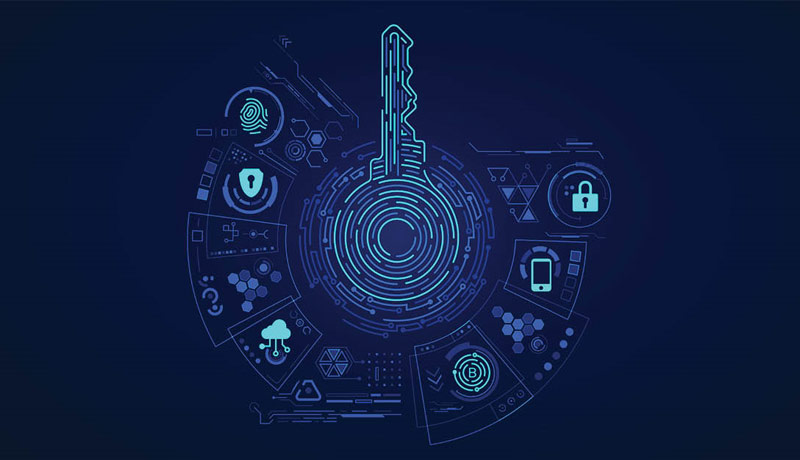
HID Global explores and outlines key developments that will impact the security business in 2022 and beyond.
HID Global is in a unique position to identify major enablers, disruptive events, and game-changing breakthroughs that will alter the security environment in 2022, having spent more than 30 years powering and defending the physical and digital identities of the world’s people, places, and things.
HID Global believes the following seven subjects will have an impact on the security sector this year and beyond, based on market research and feedback from partners and customers:
Supply Chain Difficulties: Supply chain issues will continue to be a dominant security trend in 2022, forcing the sector to think outside the box. Everything from readers and control panels to sensors and detectors will be affected by semiconductor shortages, worldwide logistics constraints, and resulting cost rises.
Sustainability: Over the last year, there has been a growing consensus among end-users that they want to engage with suppliers who prioritize sustainability in their business decisions and operations. In 2022, there will be a greater emphasis on sustainability, prompting suppliers to focus more on digital solutions, such as end-to-end mobile and multi-application technologies that lower the industry’s carbon footprint.
SaaS-Delivered Identities: Digital transformation has ushered in a shift to cloud deployments and service models, allowing access control for apps, physical assets, and data to be managed, while new form factors offer seamless, trusted authentication. SaaS-delivered IDs will become the norm, not the exception, in 2022, as digital-first mandates continue to have an impact on the security landscape.
Digital IDs: The use of digital wallets is at an all-time high. New credential capability is being added to applications by major technology companies. New infrastructure is being built by businesses and governments to facilitate digital transactions. Digital IDs will overtake physical IDs in 2022, and digital servitization will play a critical role as suppliers organise around service models and service-led growth.
Future of Work: Hybrid work arrangements are the norm today, and in 2022, the security business will be dominated by a zero-trust strategy for all. Leaders entrusted with providing a safe workplace for individuals returning to work – as well as secure identification and access management for those working remotely – are looking to the newest physical access trends and best practises that enable them. On-site environments are kept healthy and secure by touchless solutions, data protection, and visitor management technologies, while remote applications are secured by multi-factor authentication systems.
Contactless Biometrics: Biometrics, whether for securing a mobile device, securing a driver’s licence or other government ID, or tracking fitness, are all examples of contactless biometrics. Biometrics combined with cloud-based identity management technologies are expected to drive significantly quicker growth in 2022. Security’s role in offering biometric technology that enables secure authentication and safeguards data privacy is becoming increasingly important across industries.
Data Science: The security industry is undergoing a digital transformation as a result of the convergence of IoT, cloud, and mobile technologies. As the focus shifts from risk mitigation and prevention to threat prediction and aversion, data science has been thrust into the spotlight as a means of balancing protection against the potential of new physical and digital cybersecurity threats. Artificial intelligence (AI) and machine learning (ML) are being more deeply knit into the fabric of trusted identification solutions throughout the physical and digital continuum in 2022, automating and optimising performance, accuracy, safety, and security.
Security professionals will be better equipped to capitalize on breakthrough breakthroughs in solutions and services, eventually offering a greater degree of security across the physical and digital realms, if they grasp how each of these advancements is expected to change the sector.